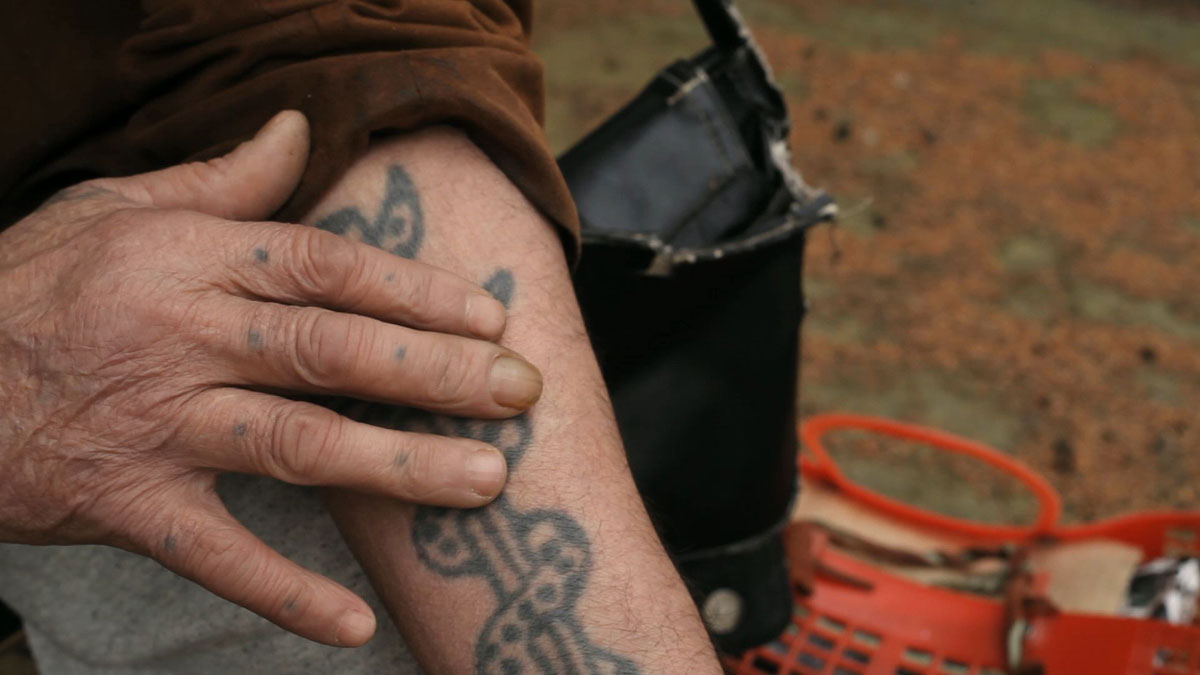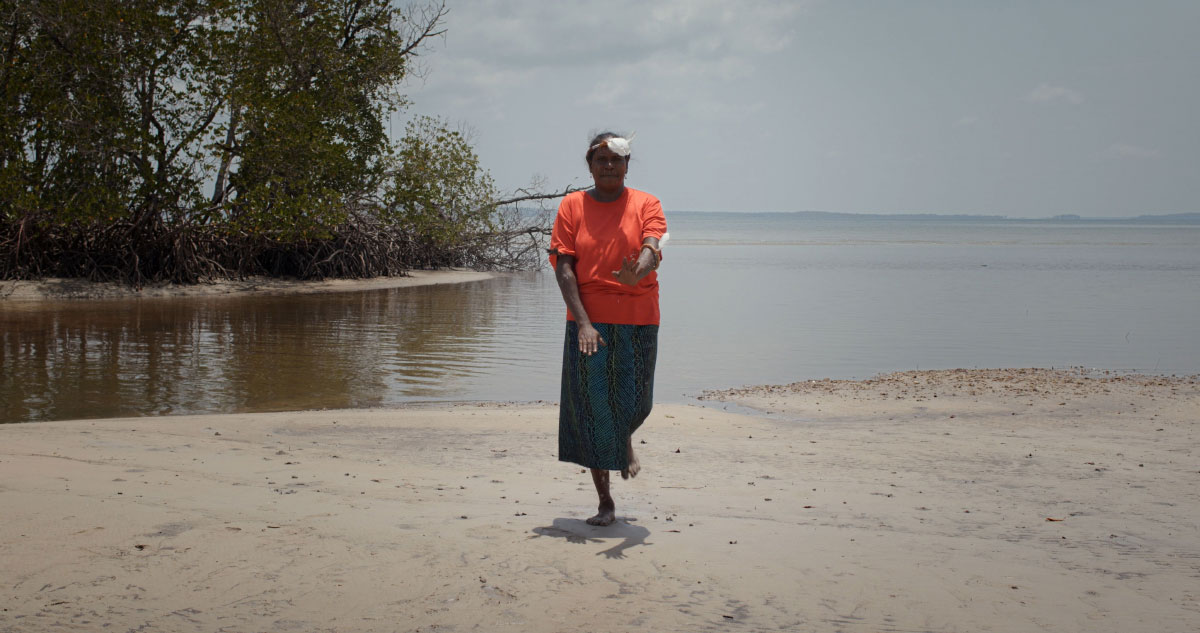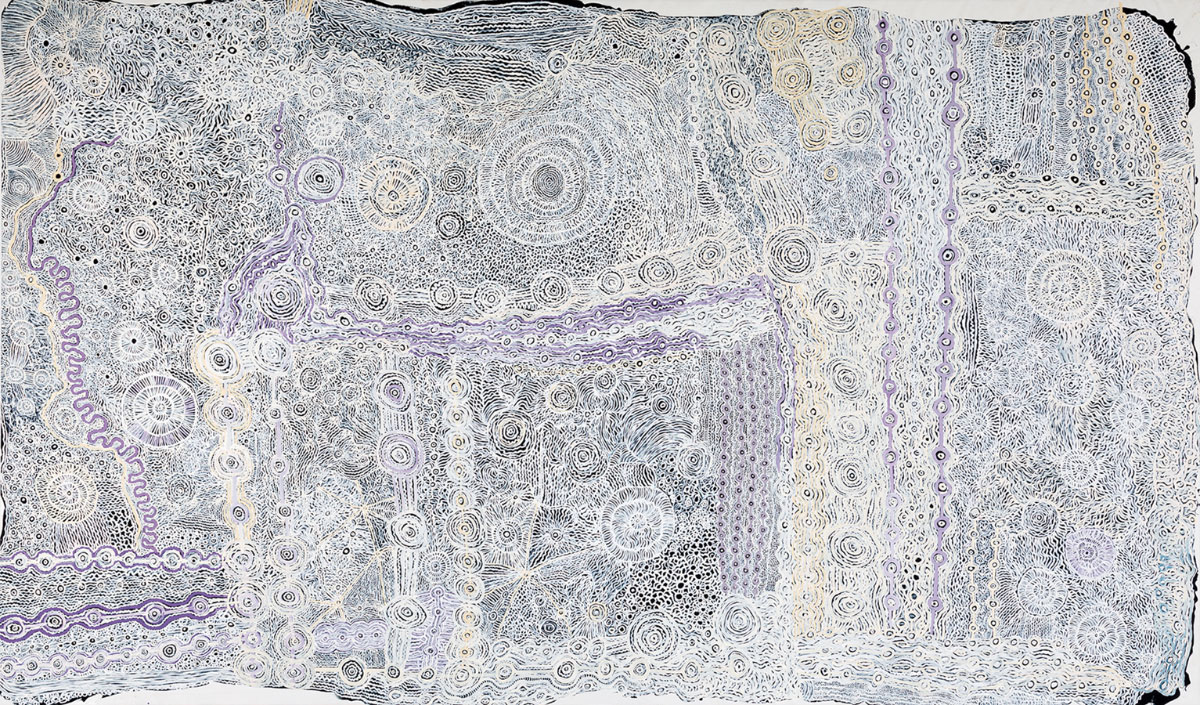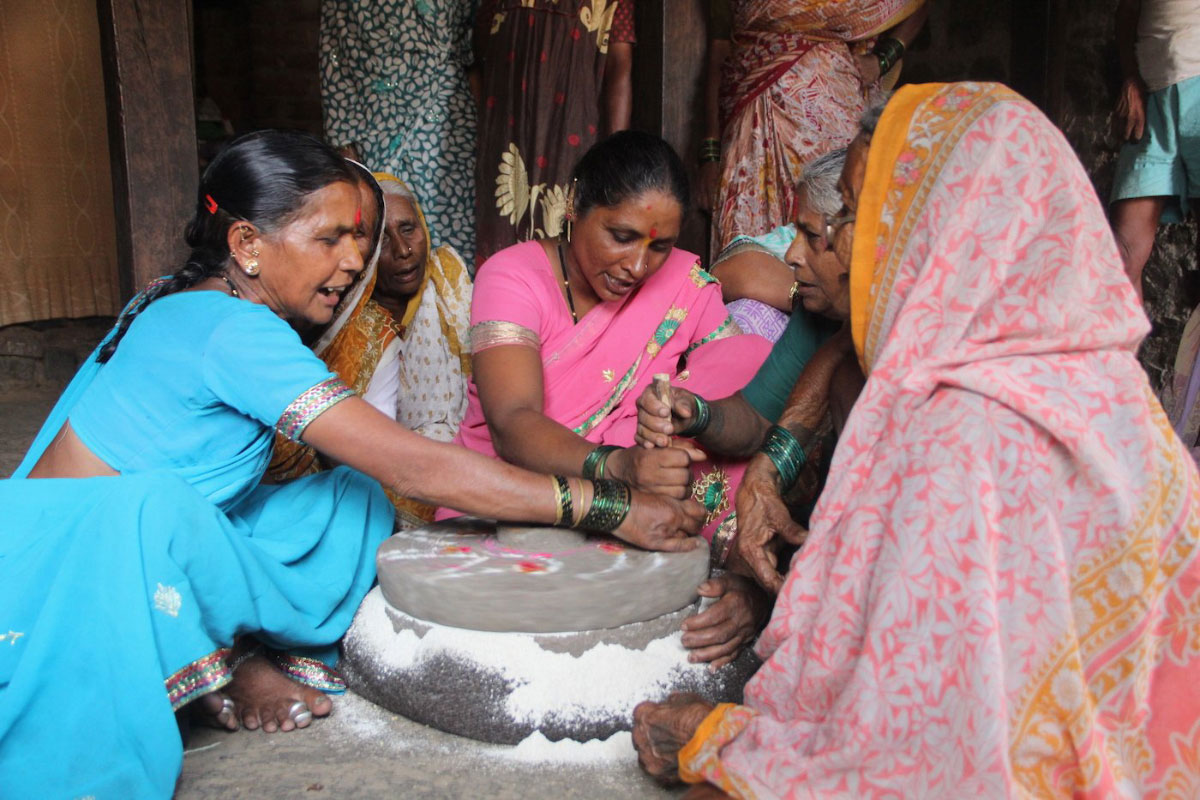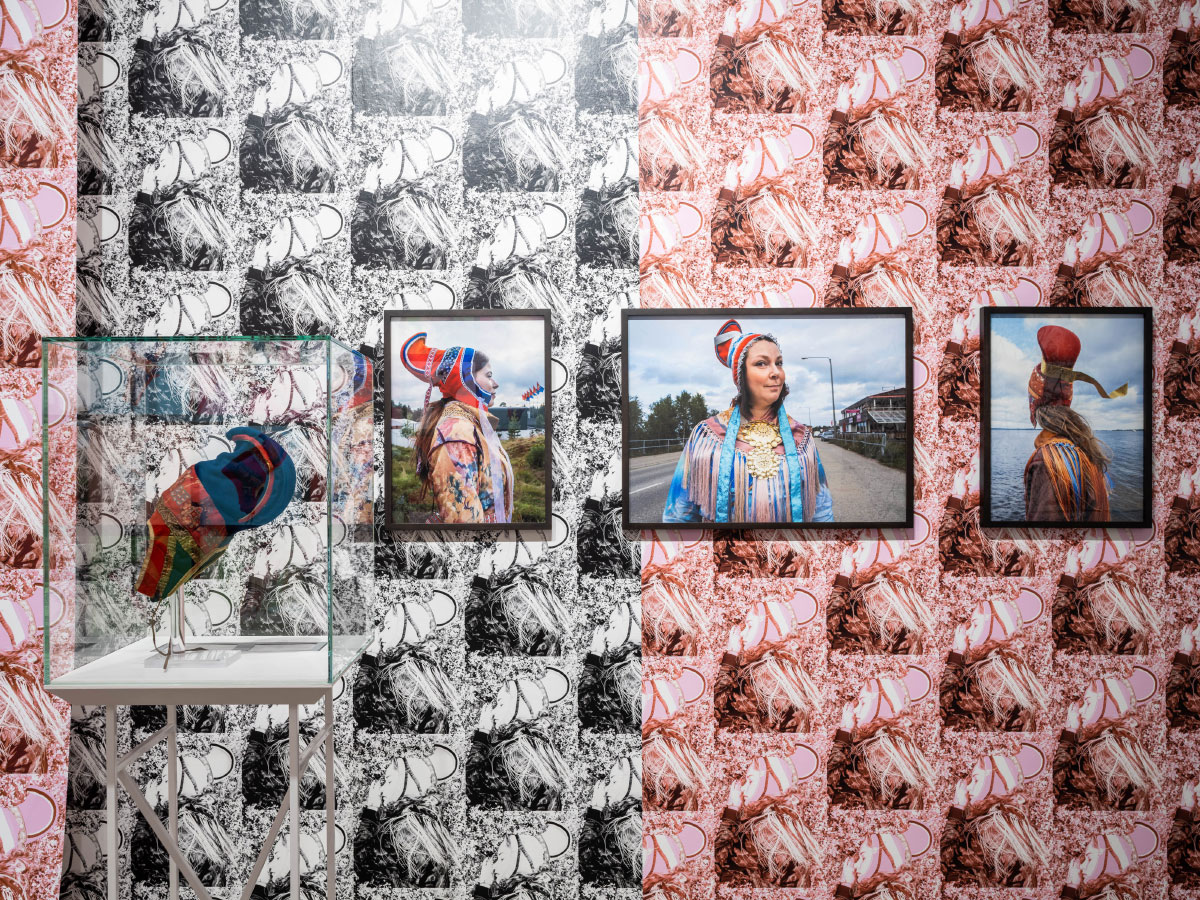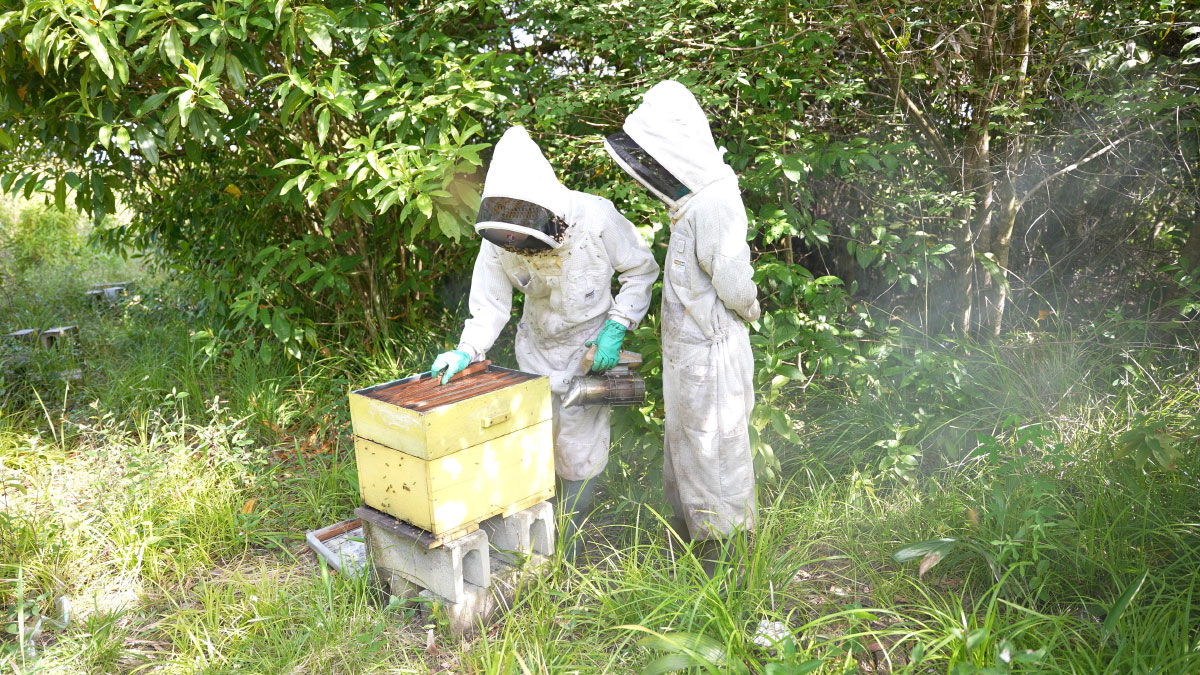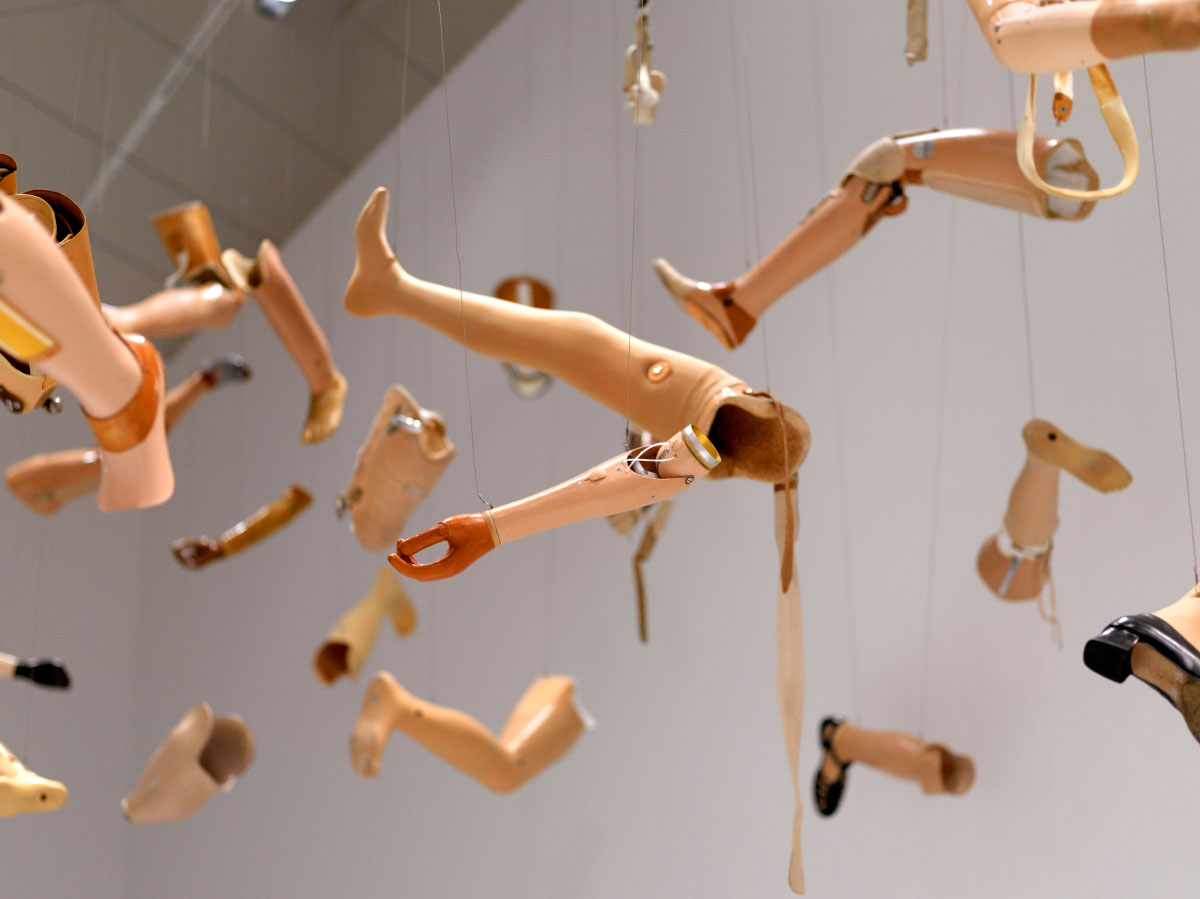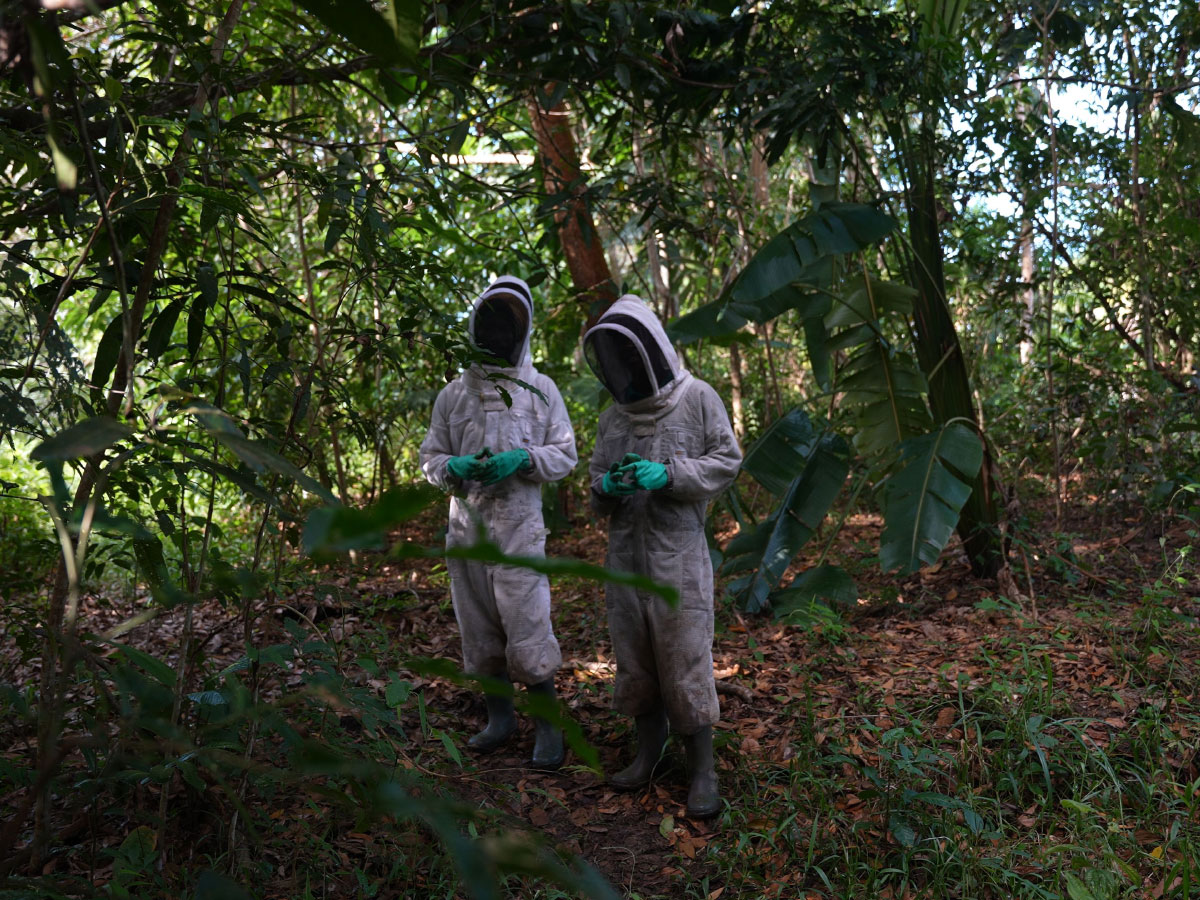PRESENTATION: YOYI! Care, Repair, Heal
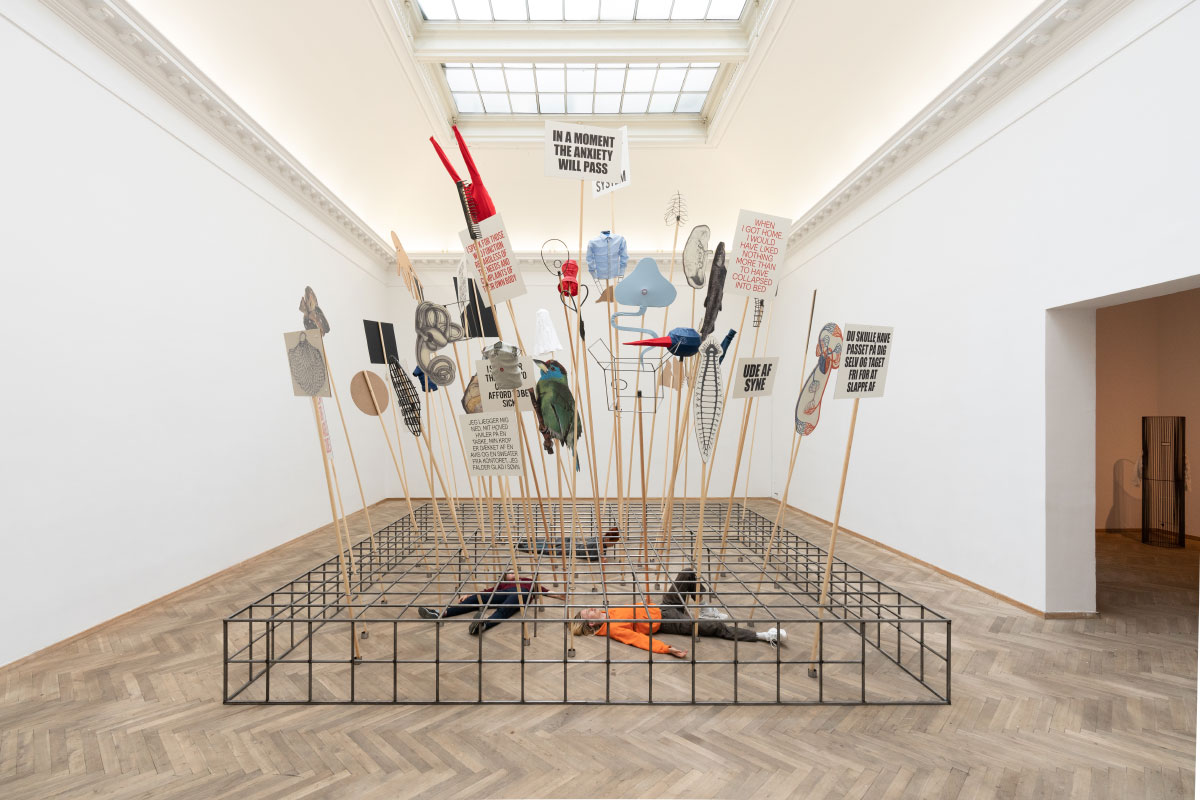 Featuring the diverse and sometimes conflicting perspectives of 26 artists, the group exhibition “YOYI! Care, Repair, Heal” addresses issues such as the politics of health, the resilience of Indigenous knowledge systems, forms of kinship, fair land use and its distribution, decoloniality and the rights of the non-human, all entangled with various concepts of care, repair and healing.
Featuring the diverse and sometimes conflicting perspectives of 26 artists, the group exhibition “YOYI! Care, Repair, Heal” addresses issues such as the politics of health, the resilience of Indigenous knowledge systems, forms of kinship, fair land use and its distribution, decoloniality and the rights of the non-human, all entangled with various concepts of care, repair and healing.
By Efi Michalarou
Photo: Gropius Bau Archive
The relevance of these topics has been increasingly palpable in recent years, marked by the acceleration of the climate emergency, global pandemics, political instabilities and the rise of authoritarian and populist regimes. YOYI is the name of the ceremonial song, dance and coming together that is central to Tiwi culture in northern Australia. The exhibition “YOYI! Care, Repair, Heal” references this exclamation as an invitation to come together in celebration and mourning. Gestures, calls, ceremonial objects and body paint make up the living, creative practice of YOYI. The 26 invited artists and collectives embody just as many different strategies to critically challenge, re-invent, expand, perpetuate and disavow notions of care, repair and healing. The title of the work “YOYI” (2020) means “dance” as well as “coming together” – in celebration and mourning – in Tiwi. It is a collaborative film self-directed by 30 artists who work at Jilamara Arts & Crafts Association on the remote Melville Island, Australia. The film celebrates the performative foundations of Tiwi art-making. The “Grindmill Songs Project” (2020–ongoing) is based on an archive dating back to 1987. It consists of approximately 100,000 folk songs by nearly 3,500 performers on the experiences of everyday life, women’s health and agricultural labour in rural Maharashtra, western India. Consisting of text, sound and video, the archive is taken care of by novelist Namita Waikar and her team at the People’s Archive of Rural India (PARI). Eva Koťátková’s sculptures, texts and performances investigate how individuals are silenced, discriminated against or policed by various state and institutional settings. Her work “Confessions of a Piping System” (2019) features an array of protest slogans and cutouts poking out of a cage-like environment. They address mental and physical health issues in relation to work and other pressures of contemporary life. Performers will regularly activate the work on Thursdays at 17:00 during the runtime of the exhibition. Kader Attia’s work is a comprehensive examination of the repair necessitated by colonial and historical violence. A newly commissioned video installation is based on several interviews with psychoanalysts. It surveys the legacy of the collective trauma that continues over three decades after the division of Germany. Further down the exhibition, “On Silence” (2021) consists of prosthetic limbs showing their individual scars, stitching and seams. The work addresses the reticence and repression that envelop political violence by making visible that which is often passed over unsaid. Yhonnie Scarce’s “Missile Park” (2021) takes its name from the tourist site in the South Australian Woomera, a former military base where historic missiles and aircraft are exhibited. The installation encompasses three sheds that are scaled-down replicas of the temporary housing built by the British military to support an extensive atomic programme in the 1950s and 1960s, which forced Scarce’s extended family to leave their land. This displacement created not only immediate upheaval but also lasting traumas, as health issues due to radiation poisoning have been passed down through generations. Andrea Büttner’s works in the exhibition address the legacy of National Socialist ideologies. She draws attention to the ways ecological care has come at the price of brutality and human suffering, from which it is impossible to heal. Three photographs depict overgrown plant beds and herb gardens set up by the Nazis at the Dachau concentration camp. They provided a setting for biodynamic agricultural research, where forced labour was used to tend the plantations and carry out experiments. The grid-like shape of the plant beds is echoed in several works, including a large wall painting. Pierre Adler, André Eugène, Guyodo (Frantz Jacques) and Reginald Sénatus (Redji) are four individual artists living in a thriving community of makers in Port-au-Prince, Haiti. They share a commitment to Haitian society and politics through works originating in practices of recycling and repair. Their works – sound, painting and sculptures – are marked by a fusion of material, style, religious and occult beliefs In 2020, artist and spiritual seeker Tabita Rezaire became a farmer and started Amakaba – a centre for Amazonian wisdom in French Guyana. In “Farmers’ Wisdom” (2022) she explores through video interviews with local farmers how land, societies and people can heal from the legacies of colonialism. Brook Andrew’s research and practice aim to re-centre Indigenous ways of being by imagining alternative futures. “GABAN” (2022) is a post-traumatic play set in an anthropological museum that summons a number of interlinked stories. It translates as a series of live performances and a video installation. Johanna Hedva’s “The Clock Is Always Wrong” (2022) combines new works with a selection of historical artefacts from the Wellcome Collection that connect to witchcraft, birth, sexuality, astrology and botany. All the objects are kinds of clocks, keeping different scales of time – historical, cultural, personal, fated – questioning the possibility of healing.
In the 1960s and 1970s, artist Lygia Clark took an interest in how art can be used as a form of healing and psychotherapy. She sought to treat her “clients” as she called them, in individual therapeutic sessions, using everyday objects such as plastic bags, seashells or stones in nets directly on client’s bodies. Her approach is embodied in “Camisa de força (Straightjacket)” (1969) and “Rede de elásticos (Elastic Net)” (1974), along with quotes and photographs. Between 1998 and 1999 Paula Rego made a series of paintings and etchings, each depicting a woman before, during or after an abortion. The series was triggered by a referendum opposing a new law that would decriminalise abortion in Portugal, out of a sense of outrage. Artist Outi Pieski’s installation displays a growing archival project about a traditional Sámi women’s headpiece, the “ládjogahpir”. Aiming to preserve and revive Sámi culture, she explores the history of this hat, worn originally by Indigenous inhabitants of what is now northern Norway and Finland. In “Masinya Dastoor” (2015–ongoing), Lavkant Chaudhary examines the links between historical oppression, the destruction of Indigenous livelihoods and ecological fragility. Drawn with ink and pen on Lokta paper – a durable, handmade artisan paper – his scrolls form an archive telling the unofficial story of the Tharu – an Indigenous community in Terai, an ancient settlement in the south of Nepal. Betty Muffler and Maringka Burton are ngangkari, traditional healers. Ngangkari are highly regarded and have looked after people’s physical and emotional health for thousands of years. “Ngangkari Ngura (Healing Country)” (2021) is a collaborative painting depicting the landscape and waterways of Country (or Ngura) – a term encompassing ideas of ancestral homeland, spirituality, language, identity and kinship – as a site of healing. Based on photographs, Grace Ndiritu’s tapestries focus on restitution and repair as a way of investigating Western museum practices in the 20th century and their legacy today. Continuing her research “Healing the Museum” that started in 2012, Ndiritu proposes a debate around the history of European exhibition making and the type of institutions artists and curators are asked to engage with. Anne Duk Hee Jordan’s new immersive installation explores post-human perspectives on ecology, technology and interspecies relations. Most recently, Jordan has been investigating the deep sea as a site beyond human imagination. “Worlds Away” (2022) simulates a rarely seen marine environment, wherein otherworldly creatures glow with photoluminescence, investigating new forms of interspecies kinship. In his installation “Oiseaux du Paradis” (2022), Mohamed Bourouissa investigates the garden of a mental hospital in Blida, Algeria, as a site of collaboration and community where traumas are dispersed, germinated and healed. In a video interview, a patient talks about his traumas: French officers torturing him and the whispering of ghosts; and how he took to gardening as a form of occupational therapy, linking botany, resilience and healing. Artemisia Gentileschi’s painting “Susanna and the Elders” (c. 1610) resonates with the artist’s own experience of rape and trauma. Her life and work reveal transgressions of care, both from individuals and institutions, while depicting the conditions of her complex experience and body from her own perspective. Georgia Sagri has been developing a practice of care she has termed IASI, in reference to the Greek word ίαση for recovery. She guides the participants through an array of time-pacing, breathing, voice tuning and motion techniques in which air is the main element. Sagri methodically records these sessions through drawings with charcoal and coloured chalk on paper. SERAFINE1369 draws on experimental research into craniosacral therapy and other somatic bodywork techniques that hold the idea that bodies have the capacity to heal themselves. Their installation “Venus is strong in the sky and I have no time for lack of heart nor lack of conviction” (2022) is the continuation of a live performance that dealt with improvisational movements alternating waves of stillness and motion. “Untitled Duet (the storm called progress)” is a performance by Tosh Basco with dancer Josh Johnson along with DJ and sound composer Total Freedom, experimenting with techniques of improvisation and pressing against a linear unfolding of history. It translates into a durational composition of shifting relations across sound, music and movement, which was first presented at the Gropius Bau in 2020 as part of the performance programme in Rituals of Care. Wu Tsang’s works draw from a variety of practices including collaboration, performative strategies, immersive installations, films and storytelling. Tsang’s “Of Whales” (2022) is an installation based on a feature-length film adaptation of Herman Melville’s “Moby Dick” and psychedelic ocean environments generated from XR (“extended reality”) technologies. Imagined from the perspective of the whale and the “motley crew” of sailors aboard the Pequod whaling ship, the work sets Melville’s tale in the context of mid-19th century maritime history, the transatlantic birth of modern capitalism and mass civil unrest.
Works by: Pierre Adler, Brook Andrew, Kader Attia, Tosh Basco, Mohamed Bourouissa, Andrea Büttner, Lavkant Chaudhary, Lygia Clark, André Eugène, Artemisia Gentileschi, Guyodo (Frantz Jacques), Johanna Hedva, Jilamara Arts & Crafts Association, Anne Duk Hee Jordan, Eva Koťátková, Betty Muffler & Maringka Burton, Grace Ndiritu, People’s Archive of Rural India, Outi Pieski, Paula Rego, Tabita Rezaire & Amakaba, Georgia Sagri, Yhonnie Scarce, Reginald Sénatus (Redji), SERAFINE1369 and Wu Tsang
Photo: Eva Koťátková, Confessions of a Piping System, 2019, Photo: David Stjernholm
Info: Curatorial lead: Stephanie Rosenthal, Curators: Kader Attia, Brook Andrew, Natasha Ginwala and Bárbara Rodríguez Muñoz, Gropius Bau, Niederkirchnerstraße 7, Berlin, Germany, Duration: 16/9/2022-15/1/2023, Days & Hours: Mon, Wed & Fri-Sun 10:00-19:00, Thu 10:00-21:00, www.berlinerfestspiele.de/
